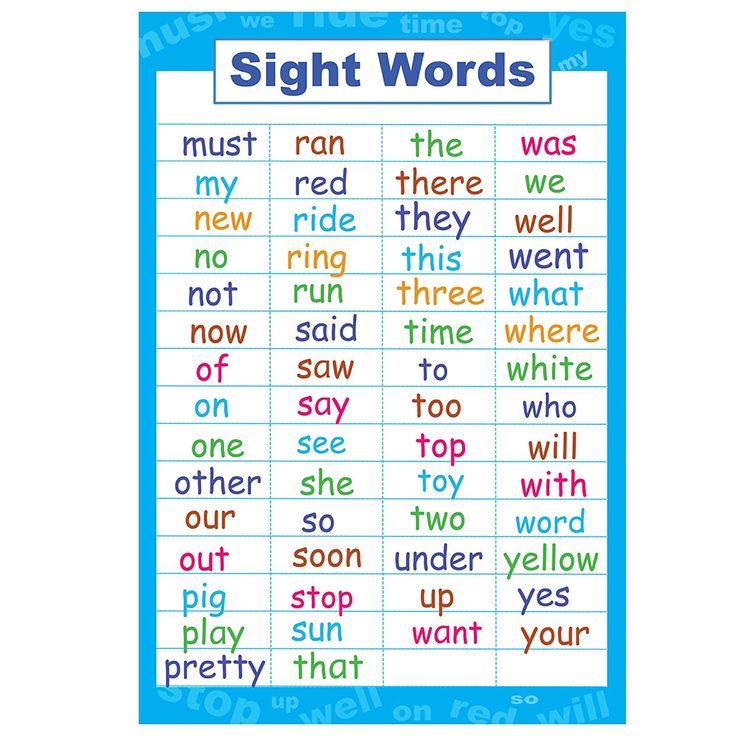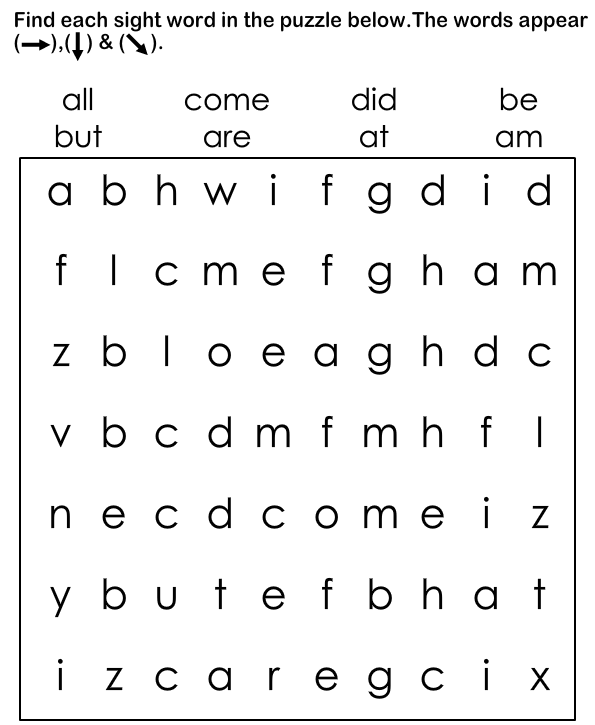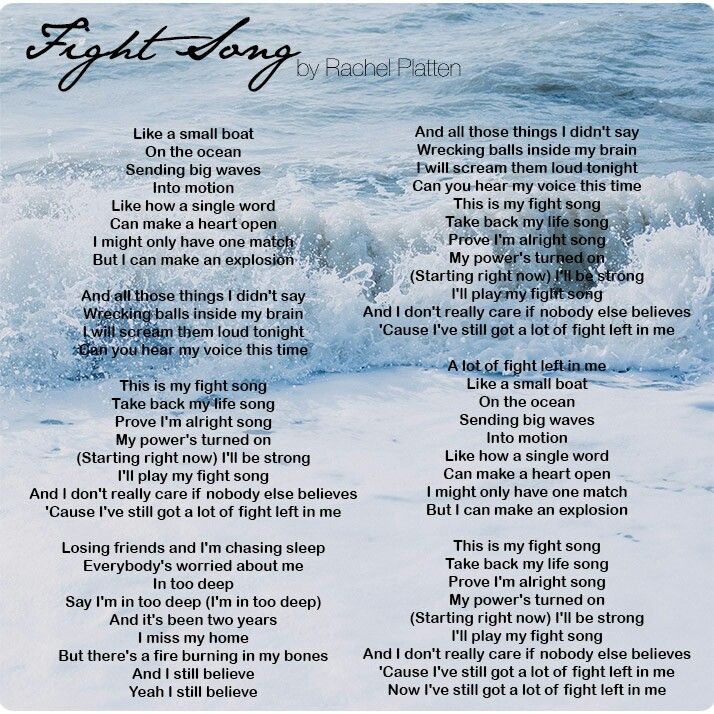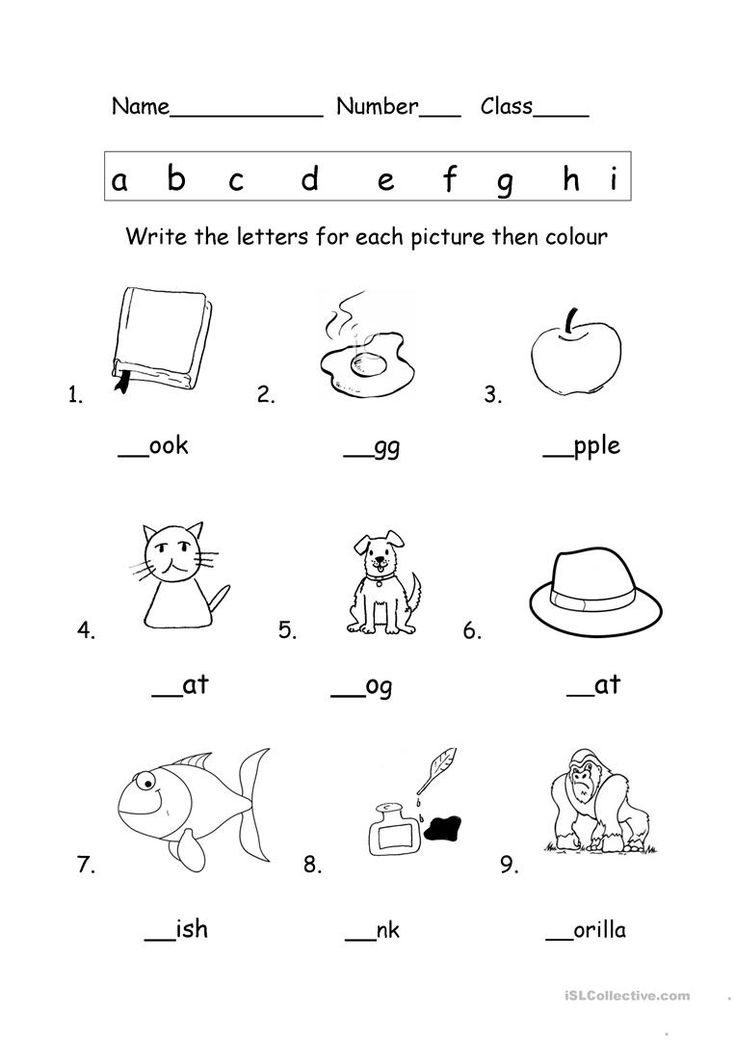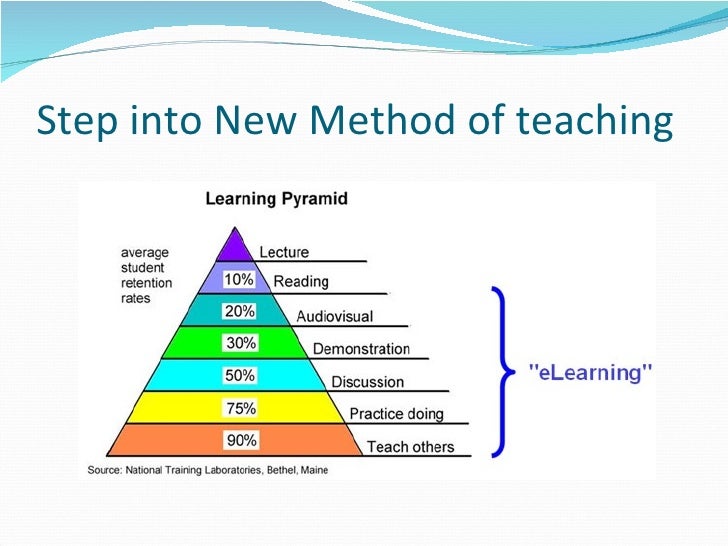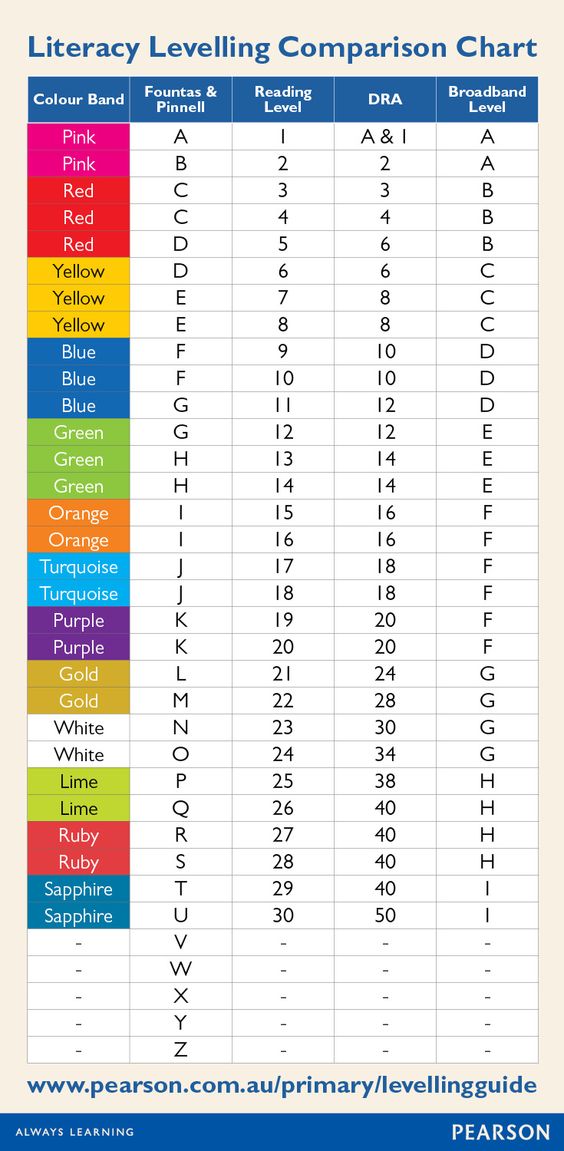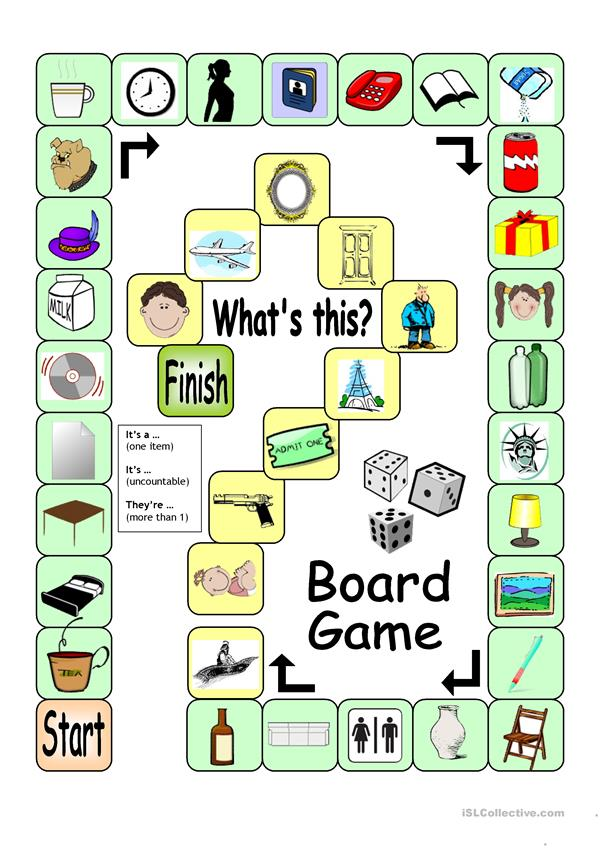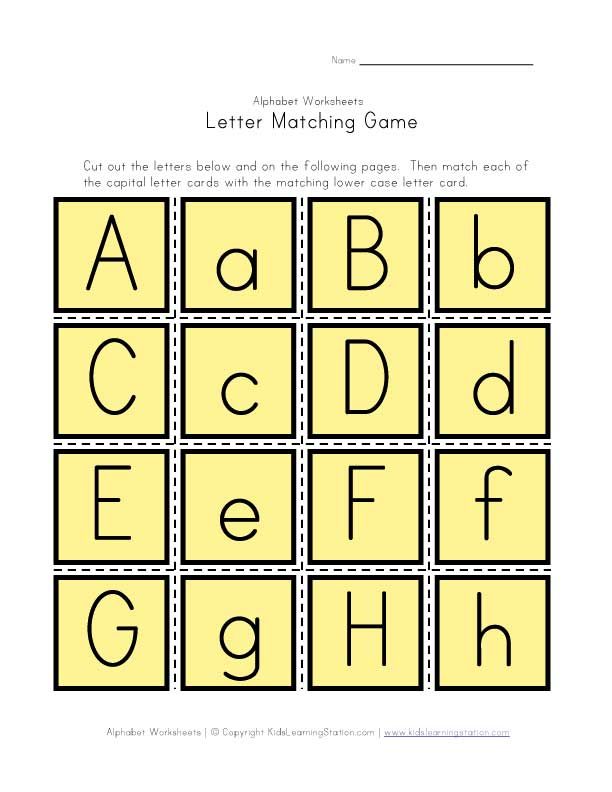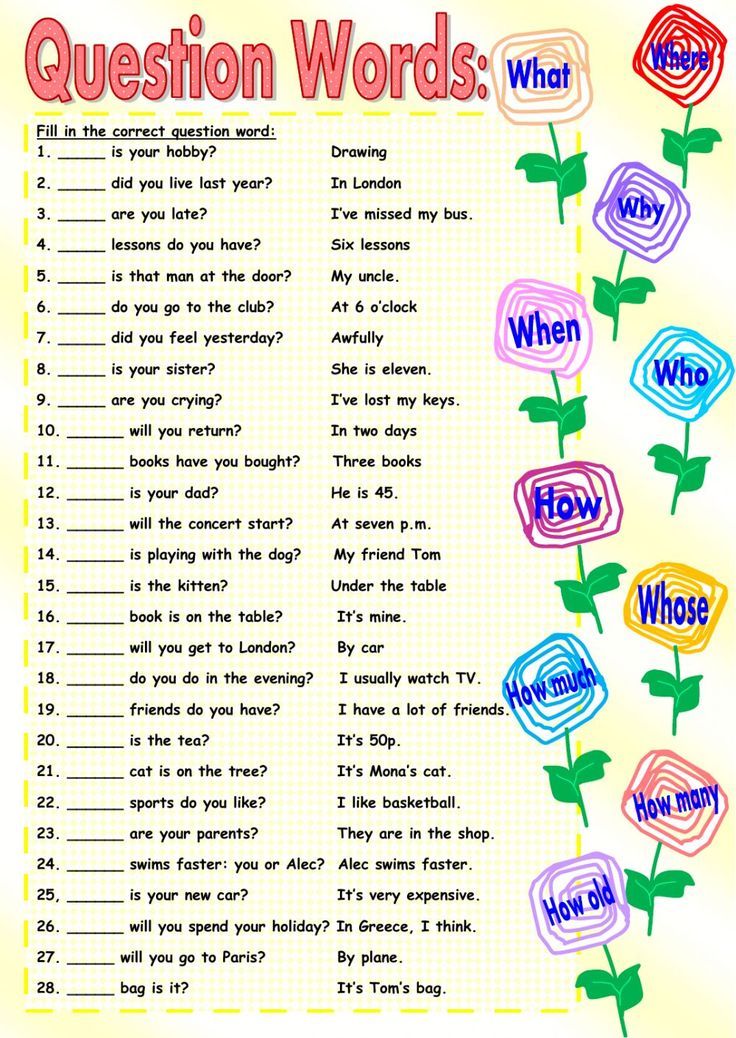What is a sight word example
Top 100 Sight Words and How to Teach Them
Sight words is a common term in reading that has a variety of meanings. When it is applied to early reading instruction, it typically refers to the set of about 100 words that keeps reappearing on almost any page of text. “Who, the, he, were, does, their, me, be” are a few examples.
In addition to their being very frequent, many of these words cannot be “sounded out.” Children are expected to learn them by sight (that is, by looking at them and recognizing them, without any attempt to sound them out.)
Unfortunately, this means minimal teaching. Often, little is done other than to show the word and tell the child what it is “saying.” For many children, this is not enough, with the result that their reading of these critical words is laden with error.
What does this mean for parents who are helping their children master reading? Basically it means spending some time in truly teaching these words so that your child gains real mastery of them. The key to achieving this goal is accurate writing (spelling)—via memory. That is, the child writes the word when the model is not in view.
You can do this by creating simple sentences that the child reads. (By using sentences, you will automatically be using many “sight words.” In addition, you will be giving your child the opportunity to deal with words in context—a key to meaningful reading) After showing the sentence and having your child read it, turn it over and then dictate the sentence. If there is an error, you immediately stop your child and take away the paper. Then you show the model again and repeat the process. In other words, the writing of the sentence has to be fully accurate, starting with the first word.
If you want a list of those words to help guide your efforts, here is the top 100 according to the American Heritage Word Frequency Book by John B. Carroll.
A: a, an, at, are, as, at, and, all, about, after
B: be, by, but, been
C: can, could, called
D: did, down, do
E: each
F: from, first, find, for
H: he, his, had, how, has, her, have, him
I: in, I, if, into, is, it, its
J: just
K: know
L: like, long, little
M: my, made, may, make, more, many, most,
N: not, no, now
O: or, one, of, out, other, over, only, on
P: people
S: said, she, some, so, see
T: the, to, they, this, there, them, then, these, two, time, than, that, their
U: up, use
V: very
W: was, with, what, were, when, we, which, will, would, words, where, water, who, way
Y: you, your
Click here to download our Recommended Top 100 Sight Words.
Literacy and reading expert, Dr. Marion Blank
Dr. Marion Blank is answering your questions about reading and learning. If you have a question for Dr. Marion, visit the Reading Kingdom Facebook Page and let us know how we can help.
If you think the Reading Kingdom program can help your children learn to read, enjoy a free, 30-day trial here.
What Are Sight Words? Get the Definition Plus Teaching Resources
When you’re a new teacher, the number of buzzwords that you have to master seems overwhelming at times. You’ve probably heard about many concepts, but you may not be entirely sure what they are or how to use them in your classroom. For example, new teacher Katy B. asks, “This seems like a really basic question, but what are sight words, and where do I find them?” No worries, Katy. We have you covered!
What’s the difference between sight words and high-frequency words?
Oftentimes we use the terms sight words and high-frequency words interchangeably. Opinions differ, but our research shows that there is a difference. High-frequency words are words that are most commonly found in written language. Although some fit standard phonetic patterns, some do not. Sight words are a subset of high-frequency words that do not fit standard phonetic patterns and are therefore not easily decoded.
Opinions differ, but our research shows that there is a difference. High-frequency words are words that are most commonly found in written language. Although some fit standard phonetic patterns, some do not. Sight words are a subset of high-frequency words that do not fit standard phonetic patterns and are therefore not easily decoded.
We use both types of words consistently in spoken and written language, and they also appear in books, including textbooks, and stories. Once students learn to quickly recognize these words, reading comes more easily.
What are sight words and how can I teach my students to memorize them?
Sight words are words like come, does, or who that do not follow the rules of spelling or the six types of syllables. Decoding these words can be very difficult for young learners. The common practice has been to teach students to memorize these words as a whole, by sight, so that they can recognize them immediately (within three seconds) and read them without having to use decoding skills.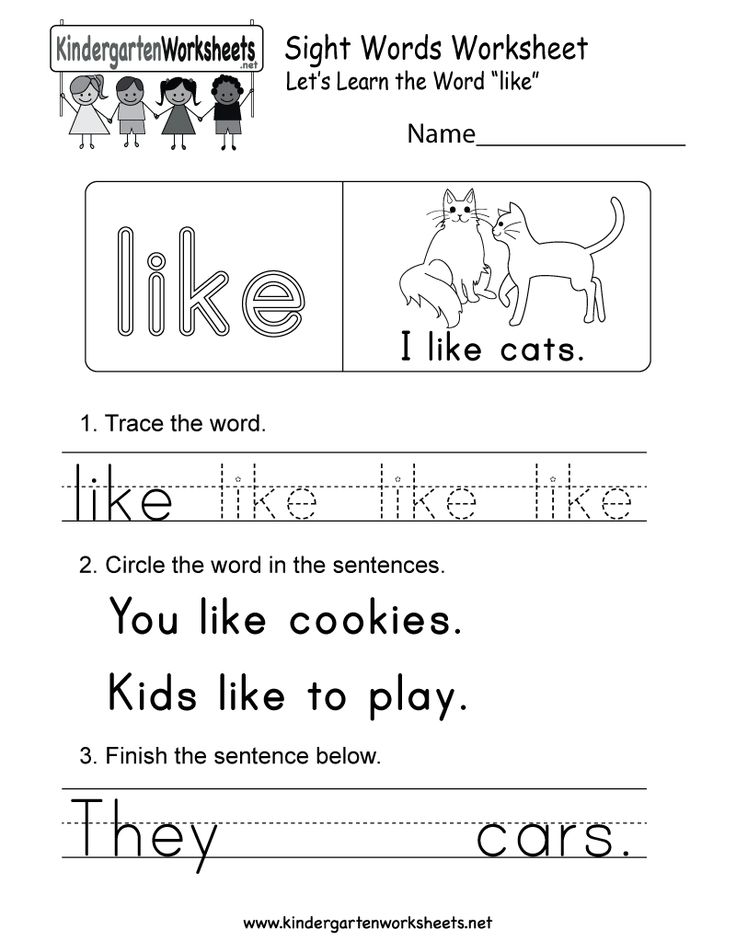
Can I teach sight words using the science of reading?
On the other hand, recent findings based on the science of reading suggests we can use strategies beyond rote memorization. According to the the science of reading, it is possible to sound out many sight words because they have recognizable patterns. Literacy specialist Susan Jones, a proponent of using the science of reading to teach sight words, recommends a method called phoneme-grapheme mapping where students first map out the sounds they hear in a word and then add graphemes (letters) they hear for each sound.
How else can I teach sight words?
There are many fun and engaging ways to teach sight words. Dozens of books on the subject have been published, including the much-revered Comprehensive Phonics, Spelling, and Word Study Guide by Fountas & Pinnell. Also, resources like games, manipulatives, and flash cards are readily available online and in stores. To help get you started, check out these Creative and Simple Sight Word Activities for the Classroom.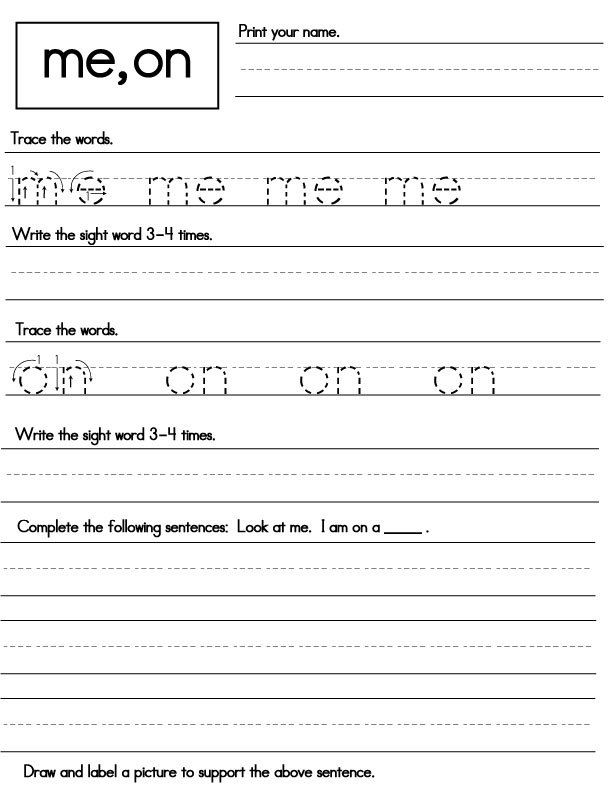 Also, check out Susan Jones Teaching for three science-of-reading-based ideas and more.
Also, check out Susan Jones Teaching for three science-of-reading-based ideas and more.
ADVERTISEMENT
Where do I find sight word lists?
Two of the most popular sources are the Dolch High Frequency Words list and the Fry High Frequency Words list.
During the 1930s and 1940s, Dr. Edward Dolch developed his word list, used for pre-K through third grade, by studying the most frequently occurring words in the children’s books of that era. The list has 200 “service words” and also 95 high-frequency nouns. The Dolch word list comprises 80 percent of the words you would find in a typical children’s book and 50 percent of the words found in writing for adults.
Dr. Edward Fry developed an expanded word list for grades 1–10 in the 1950s (updated in 1980), based on the most common words that appear in reading materials used in grades 3–9. The Fry list contains the most common 1,000 words in the English language. The Fry words include 90 percent of the words found in a typical book, newspaper, or website.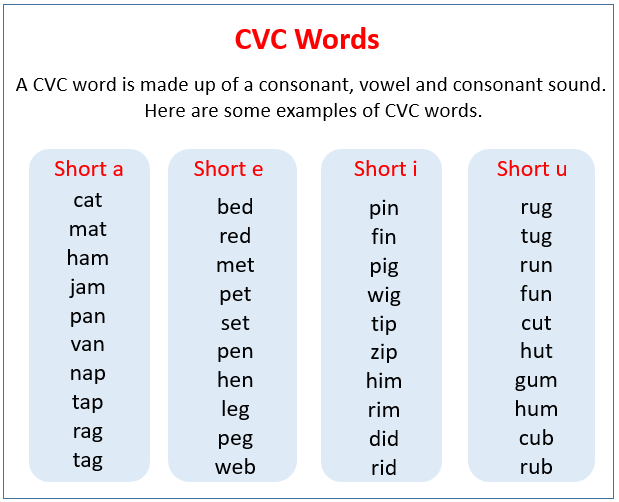
Looking for more sight word activities? Check out 20 Fun Phonics Activities and Games for Early Readers.
Want more articles like this? Be sure to sign up for our newsletters.
How to determine the perfect and imperfect form of the verb?
Let's learn how to write without errors and make interesting stories
Start learning
194.5K
Harry Potter's girlfriend used the time-wheel to be in two places at the same time. Different types of verbs will help to describe the actions of Miss Granger. There are only two of them: perfect and imperfect. Let's talk about them in more detail.
Basic Definitions
First, let's remember what a verb is.
The verb is a part of speech that designates an action or state as a process and expresses this meaning using the categories of aspect, voice, mood, tense and person.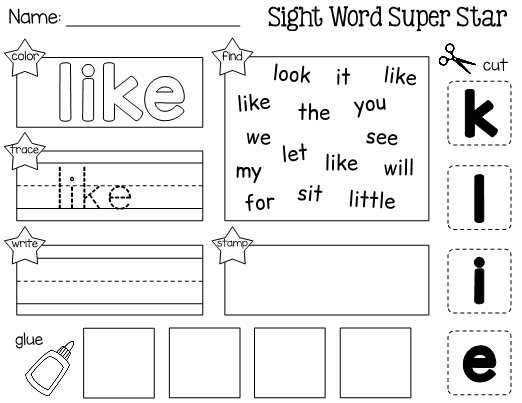
Verbs answer questions: what to do? what to do? what have you been doing? What did you do? what do they do? what will do?
Examples of verbs:
The form in Russian is a constant grammatical feature of verbs, which is possessed by conjugated verbs, infinitives, gerunds and participles. It shows how some action of the verb proceeds in time:
-
completed and one-time (read, passed)
-
unfinished and repeatable (lives, does).
What types of verbs are there in Russian:
Now we will learn what a perfect and imperfect form of a verb is and give examples of perfect and imperfect verbs.
Demo lesson in Russian
Take the test at the introductory lesson and find out what topics separate you from the "five" in Russian.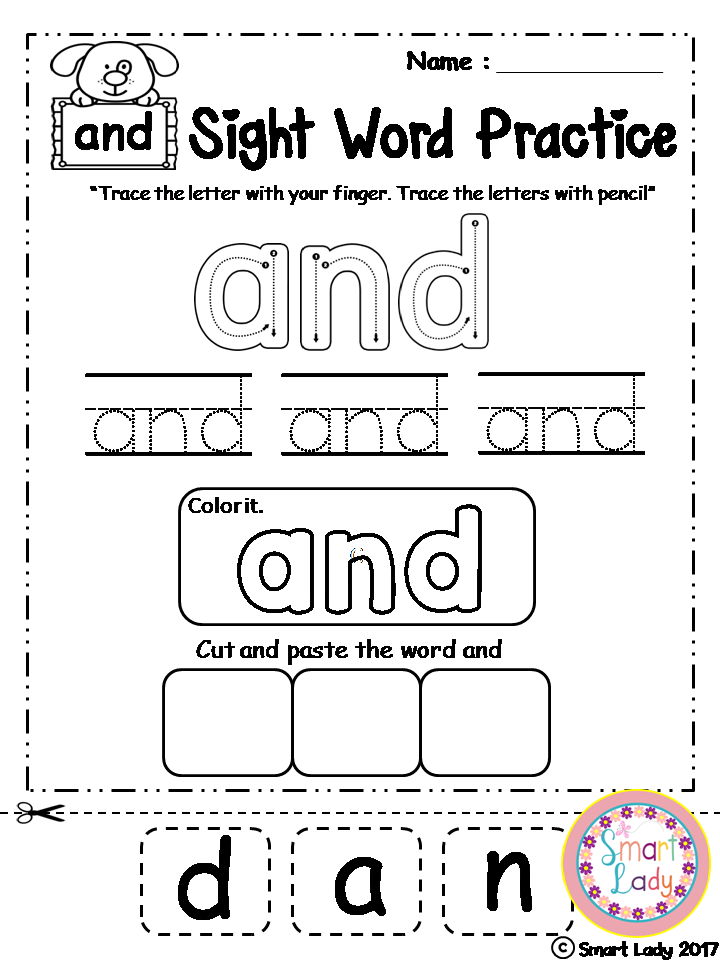
Perfective verbs
Perfective verbs in indefinite form answer the question: what to do?
Perfective verbs have two tense forms:
In any tense form they name:
-
an action that is limited by some limit;
-
result, completion of an action or a separate stage.
Examples of perfective verbs:
-
what did you do? sat down - past tense, the action is completed and was done once, that is, it was not repeated;
-
what will they do? they will talk - the future simple tense, the action will be done and will not be repeated.
-
what to do? close, pay, perform;
-
what to do? identify, answer, simplify.
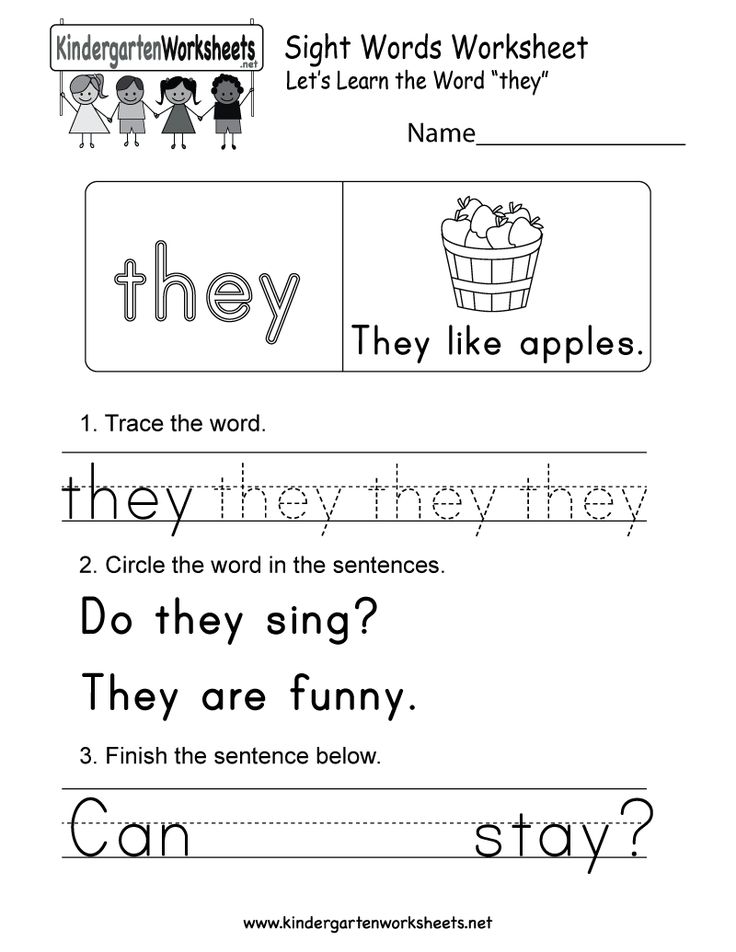
Perfective verbs can also denote actions that have already begun or are about to begin: I spoke, I will speak.
Imperfect verbs
Imperfect verbs in the indefinite form answer the question: what to do?
Imperfective verbs have three tenses:
They denote:
In any tense, they denote a repeated or ongoing action, without indicating whether the action has been completed.
Examples of imperfective verbs:
-
what did you do? jumped - past tense, the action could be repeated several times and it is not known whether the result was achieved;
-
what are they doing? they are watching - the present tense, the action continues and it is not known how long the action has been going on and how long it will continue;
-
what shall I do? I will dance - the future is a difficult time, the action can be repeated and there are no signs that it will be completed.
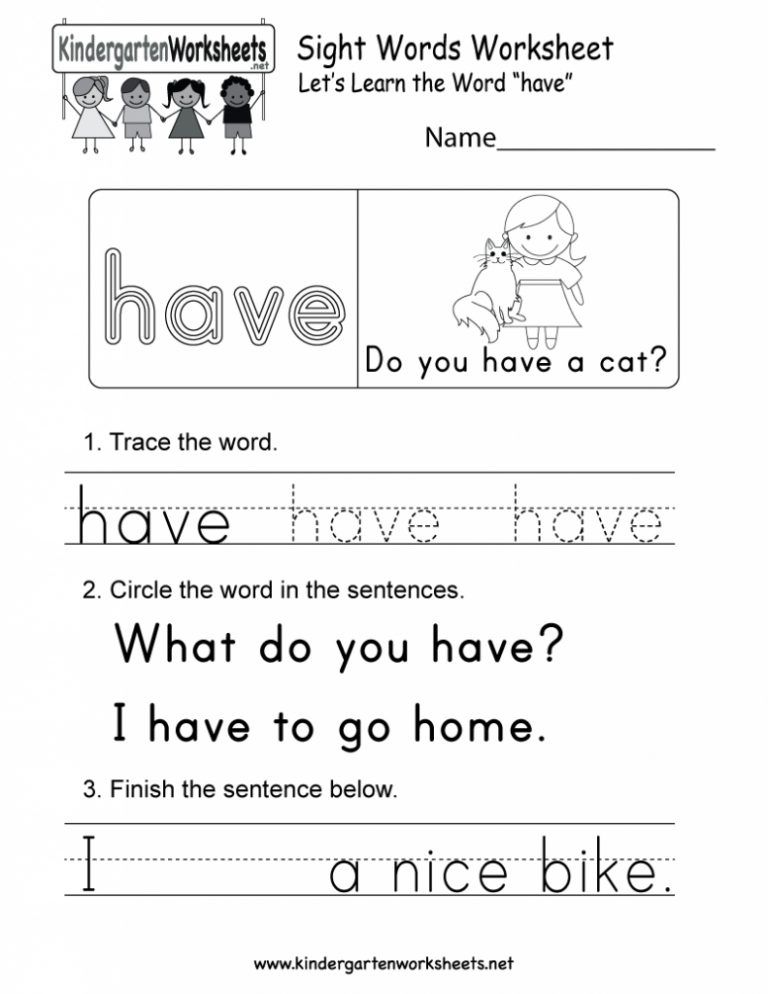
-
what to do? talk, paint, run;
-
what to do? drag, go.
Imperfective verbs can also denote actions that have begun, are beginning or will begin: I looked, I look, I will light.
Now we know what questions are answered by perfective and imperfective verbs. And here is a cheat sheet to fix and learn the difference of two types:
Free English lessons with a native speaker
Practice 15 minutes a day. Learn English grammar and vocabulary. Make language a part of life.
Formation of verb types
Perfective verbs can be formed from imperfective verbs in different ways.
Ways of education:
-
Adding a prefix: read - read, sit - sit up.
-
Dropping suffixes: give - give, save - save.

-
Replacement of suffixes: decide - decide, jump - jump.
-
Replacement of suffixes and alternation of letters in the root: forgive - forgive, wither - wither.
When forming imperfective verbs, the alternation of consonants and vowels is possible at the root: be late - be late, state - state, protect - protect.
Learn Russian at the Skysmart online school with attentive teachers and interesting examples from modern texts.
Determine the form of the verb
If you are in doubt how to understand what kind of verb you have: perfect or imperfect, use these methods:
| How to determine the aspect of a verb |
|---|
|
Now you can easily tell your classmates how to determine the form of a verb in Russian.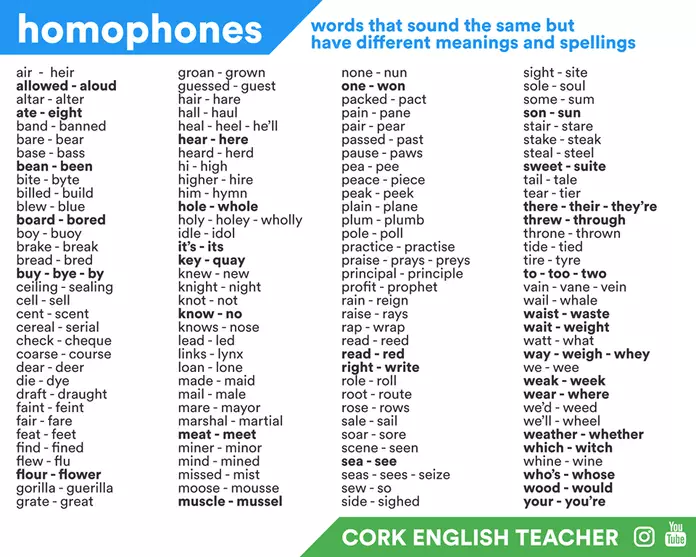
Examples of pairs of perfective and imperfective verbs
Aspective pair are verbs that have a perfective and imperfective form.
Some Russian verbs have the same lexical meaning, but differ in the grammatical meaning of the form. For example: what to do? decide what to do? decide.
Such aspectual pairs differ in the way of word formation:
-
Through the suffix: quit - throw, meet - meet, offend - offend, reach - achieve, decide - decide.
-
Through the prefix: cook - cook, call - name, work - process, speak - talk, read - finish reading.
The aspectual pairs of verbs may differ:
-
Emphasized.
fall asleep - fall asleep, cut - cut.
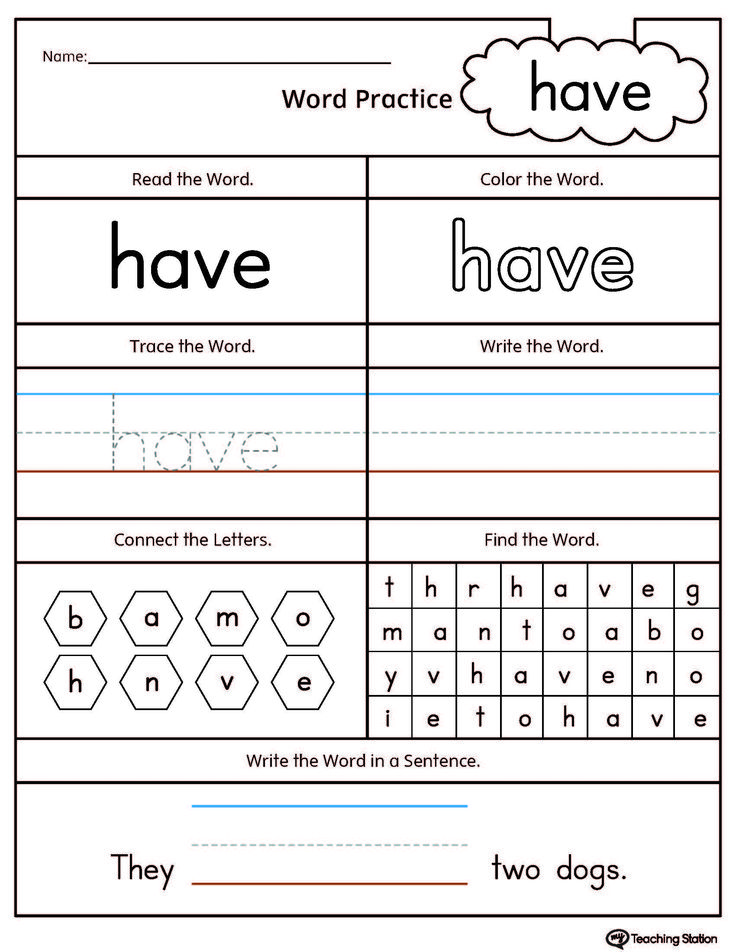
-
Roots.
what to do? catch - what to do? to catch;
put - put;
to invest - to invest;
to take - to take;
search - find.
The aspect of the verb may depend on the context of the sentence. For example:
-
She is now (what is she doing?) sleeping with a friend. — Present tense, imperfective form.
-
Tomorrow (what will she do?) she is staying with a friend. — Future tense, perfect form.
Such verbs are called two-part verbs, they include: telegraph, take possession, spend the night, injure, marry, execute, promise, use, attack and others. Two aspect verbs can denote both a complete action and an action in length.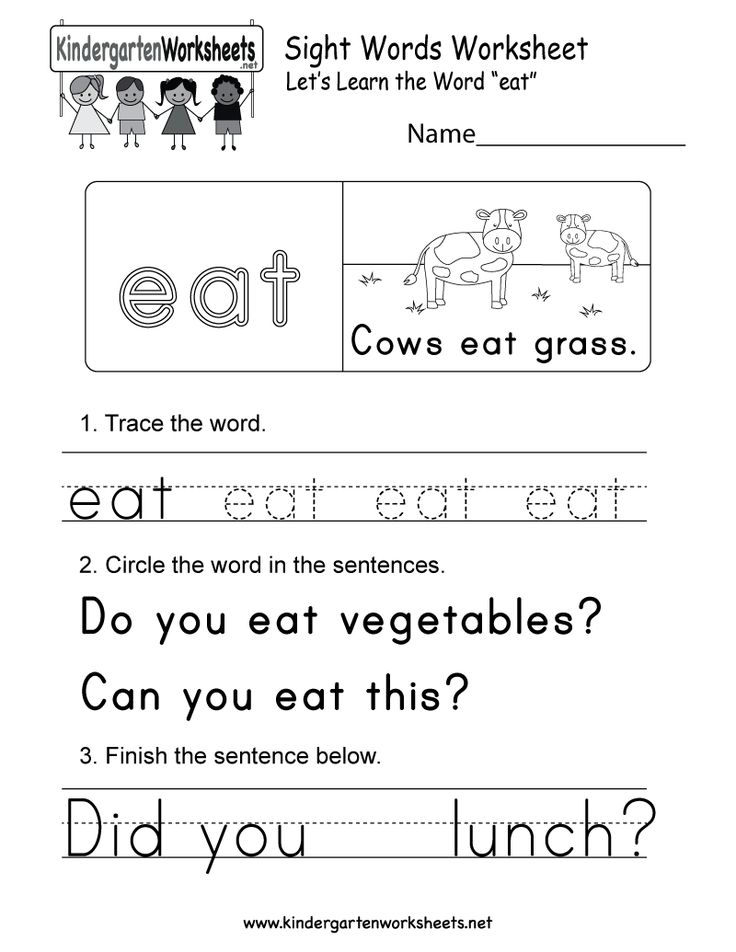
Table of perfect and imperfect verbs
| | imperfective | Perfect look |
|---|---|---|
| Infinitive | What to do? play | What to do? play |
| Past tense | What did you do? played | What did you do? played |
| Present | What am I doing? playing | - |
| Future tense | What will I do? will play | What will I do? play |
Russian cheat sheets for parents
All the rules of the Russian language at hand
Perfect and imperfect verb in Russian.
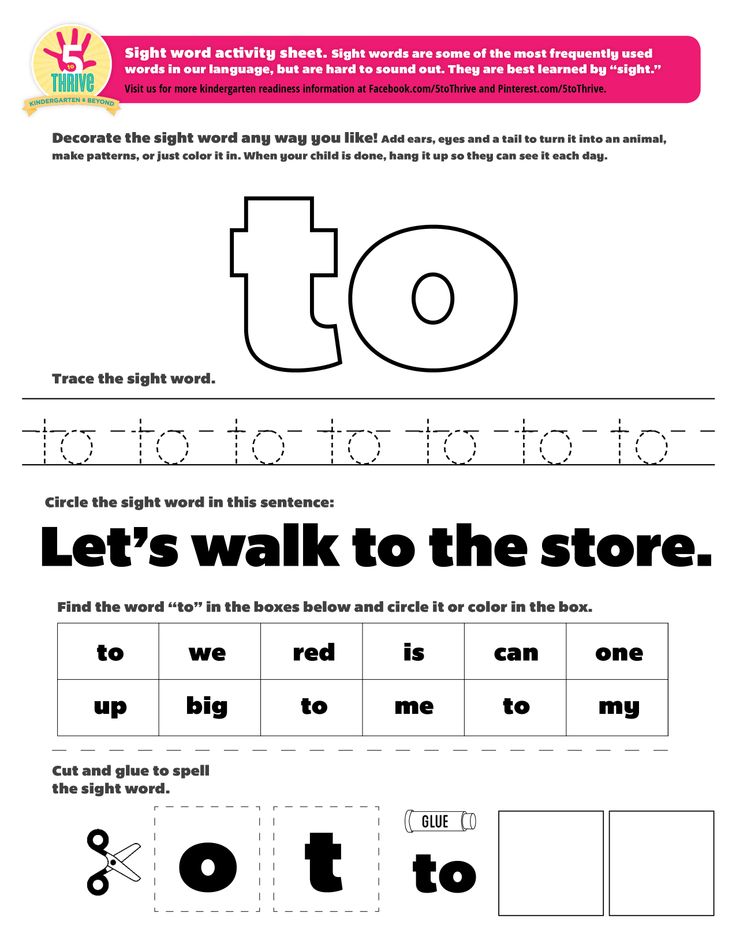 Examples
Examples Author:
Newton
May 21, 2019 15:03
Tags: Grade 4 5 grade verbs verbs of the imperfective form verbs of the perfective knowledge imperfect verbs Russian language perfect verbs perfect and imperfect verbs
Topic: perfective verbs, perfective verbs - what is it? Examples of perfect and imperfect verbs. Examples of sentences with perfect and imperfect verbs. Russian language, grade 4, grade 5, rule. How to determine whether a verb is perfect or imperfect?
Source:
Imperfect or imperfective verbs indicate an ongoing, incomplete action. Answer the question what to do?
Examples of imperfect verbs:
go, run, think, buy, answer
Perfect verbs or perfective verbs indicate a complete, completed action.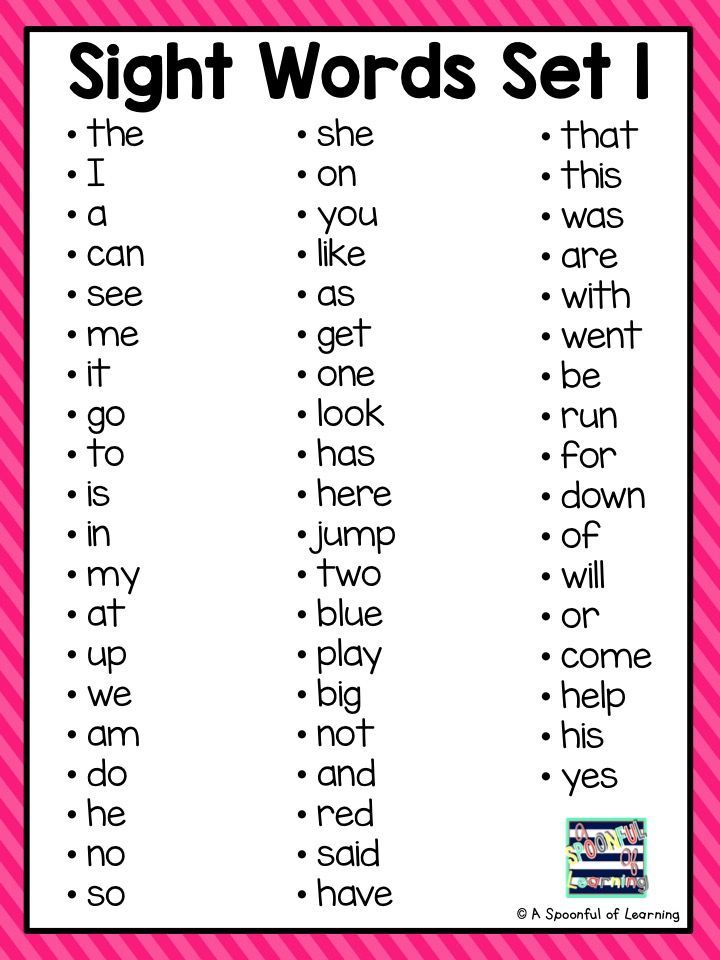 Answer the question what to do?
Answer the question what to do?
Examples of perfect verbs:
come, run, invent, buy, answer
The verb is a part of speech denoting action. Answers questions about what to do. what to do? For example: walk, think, read, move, love, experience.
Read more about verbs in the article: What is a verb. Forms and types, conjugation of verbs
Some verbs have only one form.
For example, to belong and to be present is only an imperfect aspect. They represent unfinished business.
And to find oneself, to survive or strike - only a perfect view. They always signify a completed action.
What are two aspect verbs
Some verbs do not have different imperfective and perfective forms, they are combined in one form. For example, verbs attack, influence, bequeath, execute, promise, injure, use.
Such verbs are called two-part verbs.
Examples of perfect and imperfect verbs
Many Russian verbs form pairs: perfect and imperfect.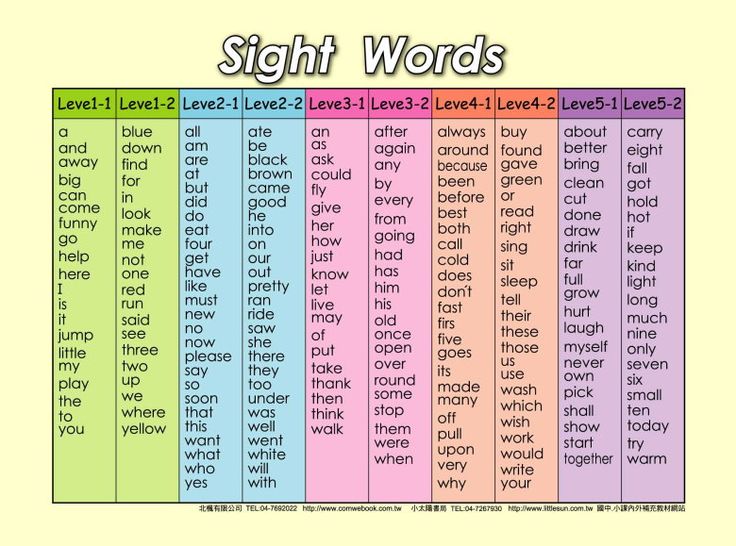
Verbs can have the same root and differ only in suffixes or prefixes:
What to do? Throw. Hack. These are imperfective verbs.
What to do? Quit. Cut down. These are perfective verbs.
Meet - meet
Offend - offend
Cook - cook
Call - call
Separate species pairs can only differ only by stress:
cut - allow
to be filled - to dry
also in the root of the consonants or vowels:
Blessed - late
Wipe
Sit
to sigh - Expand 9000
There are specific pairs that differ in roots:
Catch - catch
Put - put
Take - take
Search - find
How to identify perfect and imperfect verbs?
Let's imagine that in the textbook you come across the task: "determine the type of the verb - perfect or imperfect." How to do it?
Ask a question
If questions fit the verb, what should I do? what is he doing? what they were doing? is an imperfect verb. They flew, painted, danced.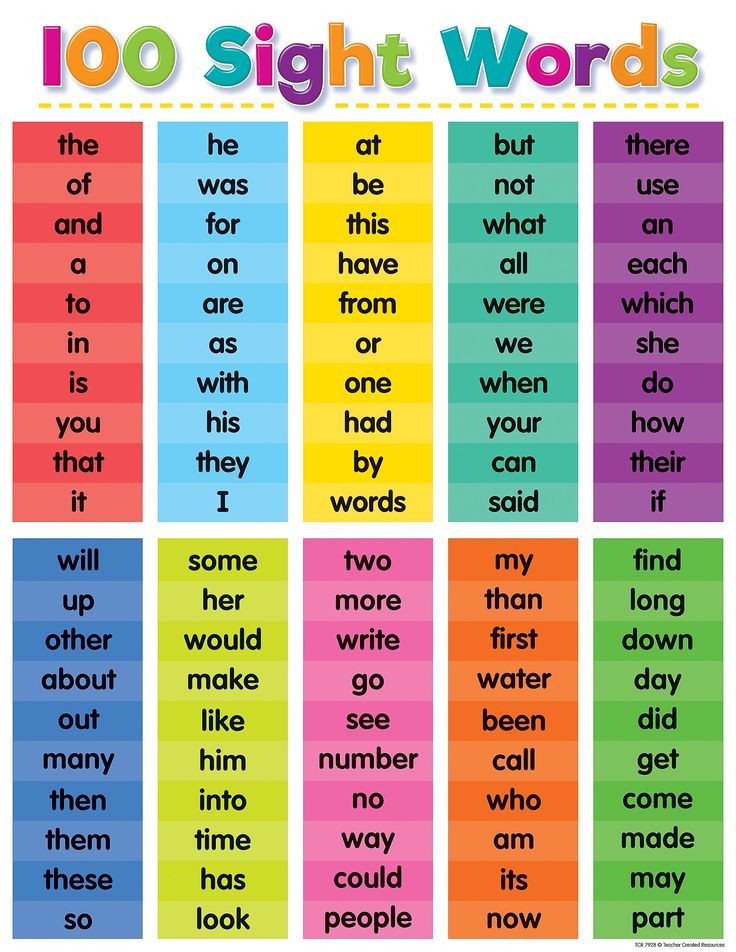
If questions are suitable for the verb, what to do? what will he do? what did they do? is a perfect verb. Fly, draw, dance.
Add the word “I will”
Before the imperfective verb, you can put the word I will - I will play, I will dance, I will rejoice.
This word cannot be added to perfective verbs: I will play, I will dance, I will rejoice - this is already a mistake.
Conclusion: if it is easy to put the word I will be before the verb, then this is an imperfect verb.
Perfective and imperfective tenses
Imperfective verbs can be used in the present, past and future tenses, but perfective verbs can only be used in the past and future (they do not have a present tense).
Let's analyze this using the example of the verbs buy and buy.
Imperfect verb tenses
Imperfect verbs have all three tense forms: past, present and future compound.
What did you do? Buy - past tense. Perhaps the action was repeated several times.